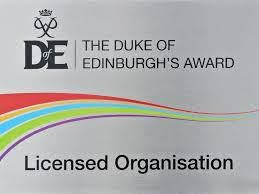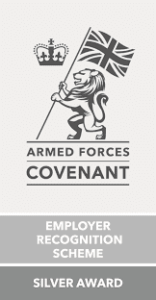Whether you wish to work in a large organisation or you are an aspiring entrepreneur with ambitions of starting your own business, studying A Level Business gives you an understanding of how businesses work and the decision-making processes behind them. A Level Business helps you understand key concepts like planning, finance and market research, and provides foundational knowledge that is valuable in the workplace if you are aiming to enter business-related careers such as accounting, HR, sales, project management or logistics. You do not need to have studied Business at GCSE to study this course which prepares students for university courses in Business, Finance, Economics, Marketing or Management.
Content Overview
Year 1
Theme: How businesses operate and make decisions
- What is business?
- Understanding the purpose of business
- Business objectives
- The role of entrepreneurs and enterprise
- Different forms of business ownership (Ltd, PLC, etc)
- Managers, leadership and decision making
- The role of managers
- Leadership styles (autocratic, democratic, laissez-faire)
- Decision making (intuition vs. data-based)
- Stakeholders and their influence
- Decision making to improve marketing performance
- Understanding customer needs
- Market segmentation and targeting
- The marketing mix (4Ps)
- Digital marketing and branding
- Decision making to improve operational performance
- Productivity and efficiency
- Lean production and quality assurance
- Capacity utilisation
- Stock control and supply chain management
- Decision making to improve financial performance
- Setting financial objectives
- Break-even analysis
- Cash flow forecasting
- Profitability and liquidity (e.g. gross profit, net profit, current ratio)
- Decision making to improve human resource performance
- Human resource objectives
- Recruitment, selection and training
- Motivation theories (Taylor, Maslow, Herzberg)
- Organisational design (e.g. span of control, chain of command)
Year 2
A Level Business
Theme: Strategic decision making and managing change
- Analysing the strategic position of a business
- Balance sheets and income statements
- Ratio analysis
- SWOT analysis
- Porter’s Five Forces
- External influences (economy, market, legal, technological)
- Choosing strategic direction
- Ansoff’s Matrix
- Strategic positioning (Porter’s cost leadership vs. differentiation)
- Choosing between market and product development strategies
- Strategic methods: how to pursue strategies
- Organic vs. external growth (e.g. mergers, takeovers)
- Innovation and R&D
- Internationalisation (entering global markets)
- Digital technology in strategy
- Managing strategic change
- Causes and pressures for change
- Organisational culture (Handy’s model)
- Lewin’s force field analysis
- Barriers to change and how to overcome them
- Scenario planning and contingency planning
















